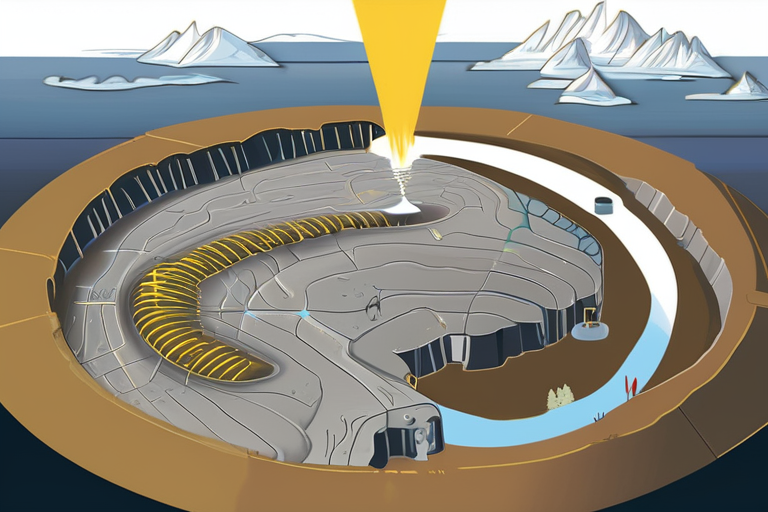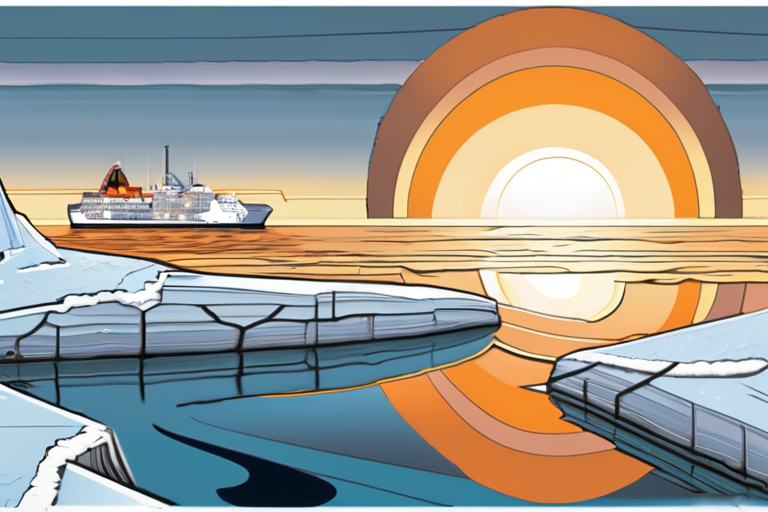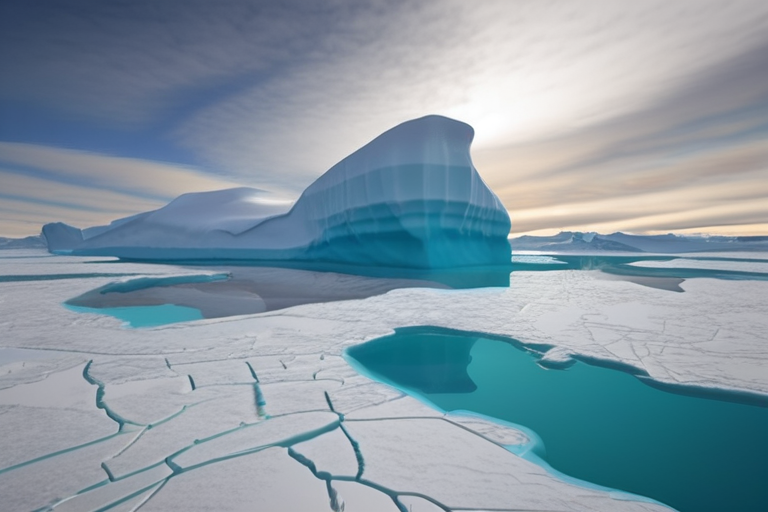Antarctica's Ice Cap Melts at Record Pace, Echoing Greenland's Climate Crisis


Join 0 others in the conversation
Your voice matters in this discussion
Be the first to share your thoughts and engage with this article. Your perspective matters!
Discover articles from our community
 Hoppi
Hoppi

 Hoppi
Hoppi

 Hoppi
Hoppi

 Hoppi
Hoppi

 Hoppi
Hoppi

 Hoppi
Hoppi
Antarctica's Frozen Heart Warming Fast, Models Missed It A new study published in Nature Communications has revealed that East Antarctica's …

Hoppi

Scientists Can See Earth's Permafrost Thawing from Space, Raising Concerns for Arctic Communities A team of scientists has made a …

Hoppi

Antarctica's Rapid Transformation Raises Concerns of Catastrophic Consequences A recent study published in the journal Nature has revealed a series …

Hoppi

Antarctica May Have Crossed a Climate Tipping Point, Raising Concerns for Rising Seas LONDON (AP) - Scientists warn that Antarctica …

Hoppi

GREENLAND'S ICE SHEET REVEALS CLUES TO CLIMATE CHANGE GREENLAND - Scientists have made a groundbreaking discovery about the sensitivity of …

Hoppi

Antarctica May Have Crossed Climate Tipping Point, Raising Sea Levels LONDON (AP) - Scientists gathered at the Royal Society in …

Hoppi